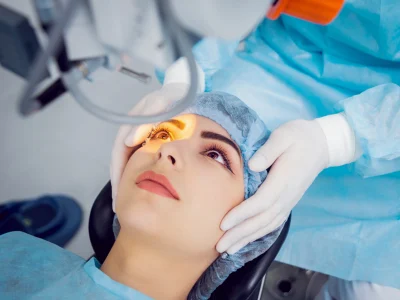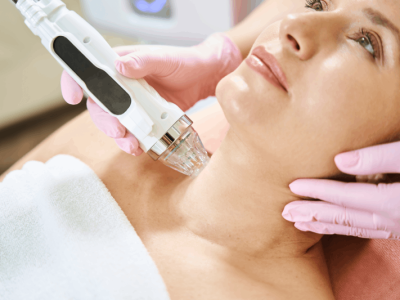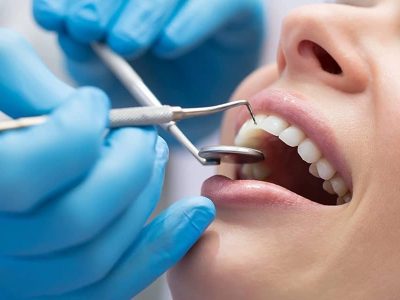In most cases, this is due to physical damage to body parts. Blood capillaries can not withstand impact, compression, twisting and burst.
What is the danger of burst capillaries under the skin?
Overall, it’s more of a cosmetic issue for a few days (or weeks). The skin darkens, becomes dark brown, blue or purple. Possible swelling of this area of the body from the resulting injury. If you are young, then the healing and restoration of the skin will occur quickly even without the use of medications (ointments, lotions, etc.) However, for people in the elderly, this can cause problems. Since in old people (those who are 70 and older), the process of cell regeneration is strongly inhibited, and blood renewal occurs many times slower than in youth, there is a risk of long-term hematomas. In particularly difficult cases, this can cause inflammation and even gangrene. Therefore, it is extremely important for older people to immediately consult a doctor and get recommendations for treatment.
How to protect yourself from damage to the capillaries?
Most often, people get such injuries during physical job, and, of course, during training or active games. Therefore we recommend:
- Even for simple work in the yard, house or garage, use gloves and long-sleeved clothing. This rule will protect you from light and medium skin damage, and, accordingly, from popping blood vessels. After all, most of the burst blood vessels fall on the hands and forearm.
- For those who work out in the gym, we also recommend sportswear with long sleeves. Additionally, note that when lifting weights, you should always ask someone to back you up in case something goes wrong.
- Knee pads and gaiters are a good way to protect your shins from abrasions during game sports.
What to do if a blood vessel under the skin bursts?
The first and natural reaction is to apply something cold to relieve tension from the injured area. If the wound is open, then, of course, you will need an antiseptic. It is also logical to show your work to a more knowledgeable person, even if you think that the situation is not serious. Often this is an erroneous opinion and then the treatment can become more complicated.
The next step is to see a doctor. He should examine the wound and prescribe ointments, and if he sees fit, then antibiotics. Also, anti-inflammatory drugs will help easier and faster healing.
Conclusion
Although injury to blood vessels is not dangerous to health in most cases, it is important to be able to prevent this problem, and when faced with it-to take it seriously. It saves you time and, maybe, even money.








Comments